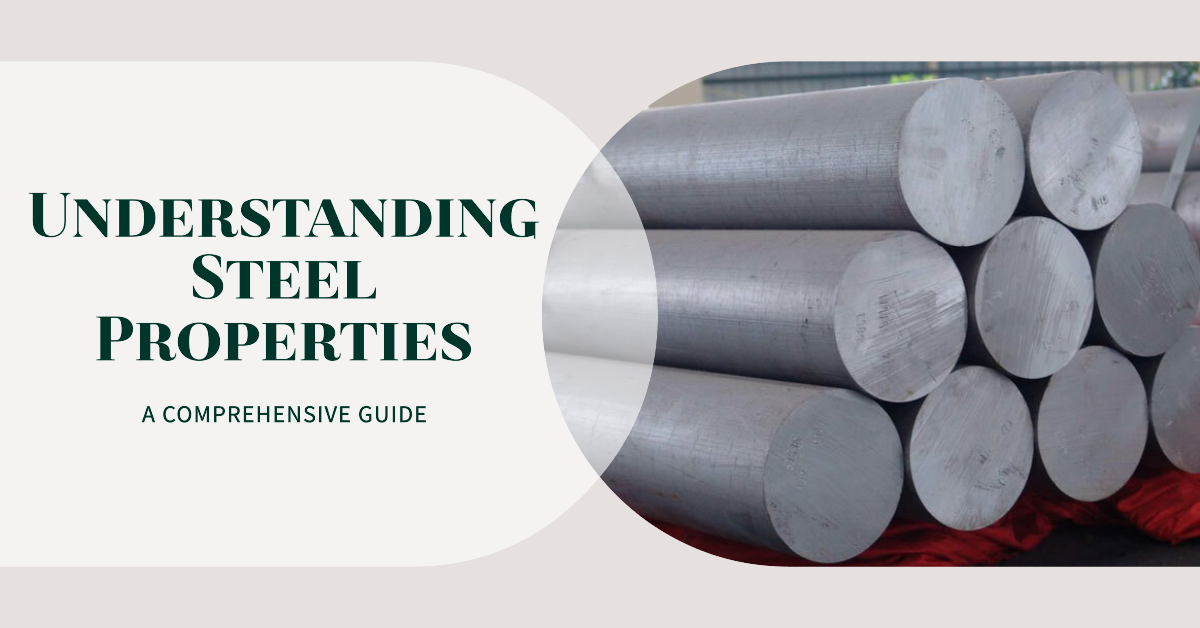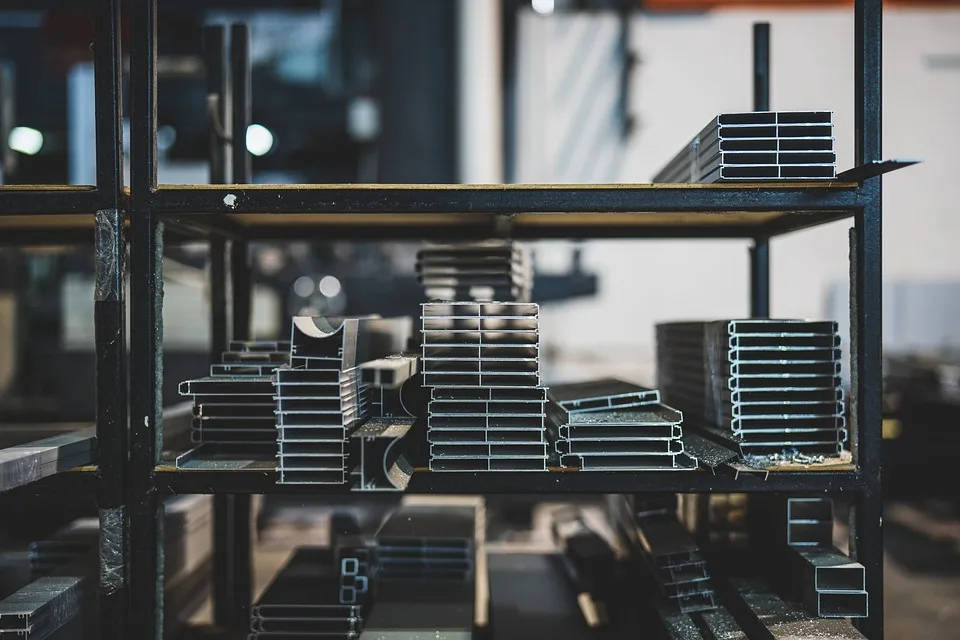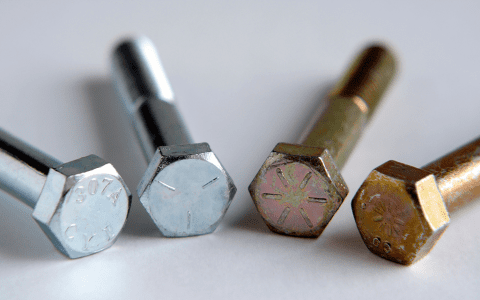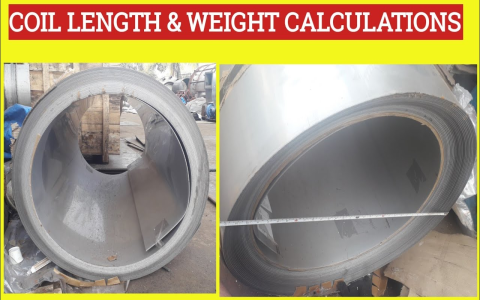Oh, you want to know about steel grades, eh? Well, listen up, I’ll try to keep it simple so’s anyone can follow along. You see, steel ain’t just one kind of metal. Nope, they got different grades of it, all kinds of ways it can be put together and used, dependin’ on what it’s made from and what it’s meant to do. Now, if you’re lookin’ to pick the right one, there’s a few main types you need to know. Let’s go through them one by one.
What’s a Steel Grade?
A steel grade is like a fancy way of sayin’ “type of steel.” They use different mixes of iron, carbon, and other metals to make it stronger, or sometimes softer, dependin’ on what you need. These grades tell ya what the steel’s made of and what it’s good for. Some steel’s tougher, some’s more bendy, some don’t rust easy, you get the idea.


Main Types of Steel
Now, there’s four main types of steel you oughta know about: carbon steel, alloy steel, stainless steel, and tool steel. Let’s go through ‘em, plain and simple:
- Carbon Steel: This one’s the most common. It’s got iron and a smidge of carbon, less than one percent, and sometimes just a sprinkle of other stuff. Real sturdy stuff, and it’s used in all sorts of things, like cars, buildings, and even tools. But mind ya, it does rust if it’s left out in the rain too long.
- Alloy Steel: Now this type’s got some other metals mixed in, like nickel, chromium, or vanadium. That makes it a bit fancier, gives it some extra strength or helps it hold up better in certain conditions. Good stuff for machine parts and them oil pipelines.
- Stainless Steel: Ever hear of this one? Sure ya have – think kitchen sinks and fancy silverware! It’s got chromium in it, and that’s what keeps it from rustin’. This one’s good for all sorts of things where you don’t want it rustin’ up, like kitchen gear or medical tools.
- Tool Steel: This is the tough stuff, used for makin’ all them tools and machines. It’s got stuff like tungsten and cobalt added, so it can cut and shape other metals without wearin’ down too quick. Real hard and strong, good for stuff like drills and hammers.
Choosing the Right Grade
Now, just sayin’ “carbon steel” or “stainless steel” ain’t enough, oh no! They got numbers and names to tell ya exactly what’s in it and how it’ll act. There’s standards for all this, dependin’ on where ya are. Over in the U.S., they got grades like AISI or SAE numbers. For instance, a common one is SAE 1045 carbon steel – it’s good and strong but still got some give, not too hard to shape.
In Europe, they got EN standards for steel grades, numbers like 1.4401 for stainless steel. These numbers help folks in different countries know exactly what kind they’re dealin’ with. They tell ya what the steel’s made of, like whether it’s got lots of carbon, or maybe some manganese to make it tough. It’s like a recipe almost – change a little here and there, and you get a whole different steel grade!
Grades of Carbon Steel
Carbon steel’s got a bunch of different grades too, from soft to hard. They got ‘em divided up into three categories:
- Low Carbon Steel: This one’s got less than 0.3% carbon. It’s pretty soft, easy to work with, but it ain’t the toughest. Real good for makin’ things like car bodies, where you need it to bend a bit.
- Medium Carbon Steel: Now, this one’s got a bit more kick – around 0.3% to 0.6% carbon. It’s stronger, but still has some give. Perfect for stuff like gears and axles where you need some strength but don’t want it to snap easy.
- High Carbon Steel: This one’s tough as nails, over 0.6% carbon. Real strong but brittle if you hit it hard. Good for knives, springs, or anything that needs a sharp edge or can take a beating.
Grades of Stainless Steel
Stainless steel’s got different grades too. The most common ones have numbers like 304 or 316 – those are real common for cookware and cutlery. The 316 one’s a bit better for not rustin’ because it’s got some molybdenum in it, makin’ it more rust-resistant. Perfect for stuff like pots and pans, or even boats and medical tools where you need it clean and rust-free.
Why Grades Matter
Now, you might be thinkin’, “Why should I care ‘bout all these grades? Steel’s steel, ain’t it?” Well, not quite. See, each steel grade’s made for somethin’ different. Use the wrong one, and you might have trouble. For instance, you wouldn’t wanna use high carbon steel for a car body – it’d be too brittle and could snap under pressure. Same way, if you’re makin’ a kitchen sink, you’d go for stainless steel so it won’t rust when it gets wet all the time.


Common Uses of Each Grade
Here’s a quick rundown of what each type’s used for:
- Carbon Steel: Good for things like construction beams, cars, tools, and fences.
- Alloy Steel: Real nice for heavy-duty parts like pipelines, machinery, and them fancy cars.
- Stainless Steel: Great for anything around water, like kitchen sinks, medical gear, and boats.
- Tool Steel: Perfect for anything that cuts, drills, or shapes other metals.
Conclusion
So there ya have it! Steel grades might seem a bit tricky at first, but it all comes down to what you’re usin’ it for. Each type’s got its own strengths and weaknesses, and pickin’ the right one can make a world of difference. Whether it’s buildin’ a house, fixin’ a car, or just gettin’ the right pot for your kitchen, there’s a grade of steel that’ll suit your needs just fine.
Tags:[steel, types of steel, carbon steel, stainless steel, alloy steel, tool steel, steel grades]




